The ventilation, heating and air conditioning system installed on the car effectively operates when the windows are closed and is a single complex that provides the most comfortable conditions in the car, regardless of weather conditions and ambient temperature. The temperature in the cabin is regulated by mixing cold and hot air. The cooling unit of the air conditioning system reduces the temperature and humidity of the air, which cleans it from dust. The heater increases the air temperature in all operating modes of the system. The complex provides low-inertia regulation of air temperature, practically independent of the vehicle speed. The amount of air entering the passenger compartment is mainly determined by the mode of operation of the fan, so it must be turned on even while driving at high speed. Outside air can enter the passenger compartment through the door windows with the windows down and the air blower located in front of the windshield. The air from the air blower can enter the passenger compartment through the windshield blower nozzles, side and center nozzles, through the front door glass blower channels and through the lower heater housing nozzles. The quantity, temperature, direction and intensity of air flows are regulated by switches installed in the control unit for the heating, air conditioning and ventilation system. Depending on the equipment on the car, the following applies: through the windshield ducts of the front doors and through the lower nozzles of the heater housing. The quantity, temperature, direction and intensity of air flows are regulated by switches installed in the control unit for the heating, air conditioning and ventilation system. Depending on the equipment on the car, the following applies: through the windshield ducts of the front doors and through the lower nozzles of the heater housing. The quantity, temperature, direction and intensity of air flows are regulated by switches installed in the control unit for the heating, air conditioning and ventilation system. Depending on the equipment on the car, the following applies:
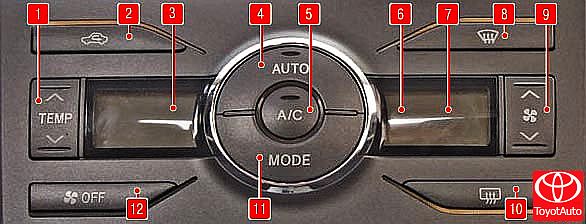
- automatic control:
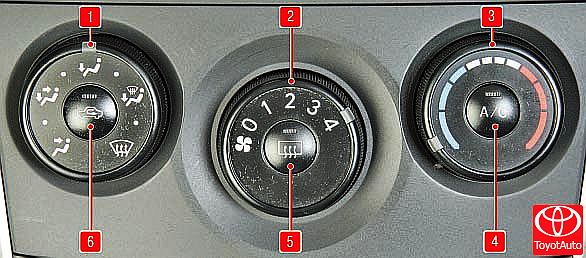
- manual control of the heating (air conditioning) and interior ventilation system.
The automatic system is functionally similar to the manual system. The differences are in the possibility of automatically maintaining the set temperature in the car. The automatic control unit for the heating, air conditioning and ventilation system includes the following controls:
- 1 – temperature controller key;
- 2 - key for switching on the recirculation mode;
- 3 – display of temperature settings;
- 4 – automatic mode key;
- 5 - air conditioner switch.
To cool the air entering the car interior, press the button for turning on the air conditioner - the yellow indicator will light up in it. To turn off the air conditioner, press the button again;
Note:
When the air conditioner is turned on, especially in the hot season, the moisture contained in the air entering the heat exchanger condenses on it, flows down from the evaporator and is removed from the heater unit through a special hole. The air conditioner will not turn on if the air blower fan mode switch is set to “0” (fan off) or the ambient temperature is below 0 °C. This is not a sign of a malfunction, but is provided for by the design.
Warning:
Turning on the air conditioner while the engine is running under severe conditions (long hills, heavy city traffic, etc.) can cause the engine to overheat. Watch the readings of the coolant temperature gauge: if the temperature exceeds the permissible value, turn off the air conditioner. During long trips in city traffic, the efficiency of the air conditioner may be reduced due to the intense thermal conditions of the engine. This is not a malfunction, the air conditioner will work efficiently under normal driving conditions.
- 6 – air flow control display;
- 7 – fan speed display;
- 8 – heating of a windshield;
- 9 – fan speed controller key;
- 10 - key for turning on the heating of the rear window and exterior rear-view mirrors. To turn on the heating of the rear window and rear-view mirrors, press the power button - the yellow indicator will light up in it.
To turn off the heating, press the button again;
Note:
In the variant version of the car, the heating of the rear window and rear-view mirrors can be equipped with an automatic timer, which turns off automatically after 15 minutes.
- 11 - air flow control key;
- 12 - fan switch.
The manual control unit for the heating, air conditioning and ventilation system of the Toyota Corolla includes the following controls:
1 - regulator for the distribution of flows supplied to the passenger compartment. To change the direction of the air supply, select one of the five options (clockwise) with the regulator knob:
- - air supply to the upper part of the cabin;
- - air supply to the upper and lower parts of the cabin;
- - air supply to the lower part of the cabin;
- - air supply to the lower part of the passenger compartment and to the windshield;
- - air supply to the windshield.
2 – fan operation mode switch. To increase the intensity of air supply to the passenger compartment while driving and to ensure air supply when the vehicle is stationary, use the switch handle to set one of the four modes of operation of the air blower fan.
3 - temperature regulator of the air supplied to the passenger compartment. To change the temperature of the air entering the passenger compartment, turn the temperature control knob. The blue part of the scale corresponds to the supply of the most cooled air, the red part corresponds to the supply of the most heated air.
With the handle in the middle position, air is supplied to the passenger compartment at ambient temperature.
4 - air conditioner switch. To cool the air entering the car interior, press the button for turning on the air conditioner - the yellow indicator lamp will light up in it.
To turn off the air conditioner, press the button again.
Note:
When the air conditioner is turned on, especially during the hot season, the moisture contained in the air entering the heat exchanger condenses on it, flows off the evaporator and is removed from the heater unit through a special hole. The air conditioner will not turn on if the air blower fan mode switch is set to “0” (fan off) or the ambient temperature is below 0 °C. This is not a sign of a malfunction, but is provided for by the design.
Warning:
Turning on the air conditioner while the engine is running under severe conditions (long hills, heavy city traffic, etc.) can cause the engine to overheat. Watch the readings of the coolant temperature gauge: if the temperature exceeds the permissible value, turn off the air conditioner. During long trips in city traffic, the efficiency of the air conditioner may be reduced due to the intense thermal conditions of the engine. This is not a malfunction, the air conditioner will work efficiently under normal driving conditions.
5 - key for turning on the heating of the rear window and exterior rear-view mirrors. To turn on the heating of the rear window and rear-view mirrors, press the power button - the yellow indicator will light up in it. To turn off the heating, press the button again.
6 - key for turning on the recirculation mode. To turn on the recirculation mode, press the power button - the yellow indicator will light up in it. To turn off the recirculation mode, press the button again.
When the recirculation mode is on, outside air does not enter the passenger compartment, and the air blower fan circulates the air inside the passenger compartment. This mode is used to quickly warm up the cabin in the cold season, as well as when the ambient air is dusty and gassy.
Warning:
It is not recommended to turn on the recirculation mode for a long time while the car is moving, as this usually leads to fogging of the windows.
Depending on the various combinations of switching on the switches of the control unit, the Toyota Corolla interior heating and ventilation system operates in the following main modes:
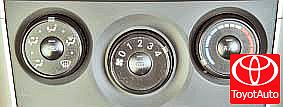
– the maximum cooling mode is used in hot weather and after a long stay in the sun, to quickly cool the air in the cabin. In this case, before turning on the air conditioner, it is recommended to briefly open the windows to remove the heated air from the passenger compartment. The air conditioning and air recirculation switches must be turned on;
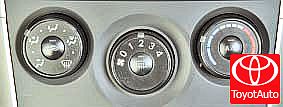
– the normal cooling mode is used when driving around the city and outside the city in moderately warm weather. The air conditioner switch must be on, the recirculation switch must be off;
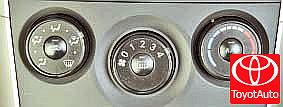
- the maximum heating mode is used at very low ambient temperatures and to quickly warm up the air in the cabin after a long parking. The air conditioner switch must be off, the recirculation switch must be on;
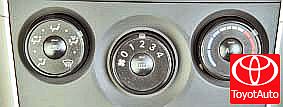
– the normal heating mode is used in the cold season, to maintain the optimum air temperature in the cabin, after it has been intensively warmed up in the maximum heating mode. The air conditioner and air recirculation switches must be off;
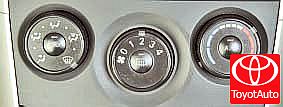
- the mode of blowing the windshield and front door glasses is set to quickly eliminate the fogging of glasses at high humidity. The air conditioner switch can be in any position, depending on the ambient temperature, and the recirculation switch must be off.
Note:
In order to prevent the windows from misting up in rainy weather, turn on the blowing mode when the heater is off, since the difference in the temperature of the glass surface and the air supplied can cause moisture condensation.
Helpful Hints:
For more efficient operation of ventilation and heating at a vehicle speed of less than 50 km / h and when driving through particularly dusty sections of roads with closed windows (to create excess air pressure in the passenger compartment to prevent dust infiltration), we recommend turning on the heater fan switch to low or maximum speed. To quickly eliminate fogging of the rear window and free it from ice and snow, turn on the glass heating switch. If you do not use the air conditioner for a long time, then it is necessary to turn it on briefly once a week with the engine running to restore the lubrication layer on the compressor parts and seals.
Source: http://toyotauto.net/corolla/otoplenie-kondicionirovanie-i-ventilyaciya-salona.html
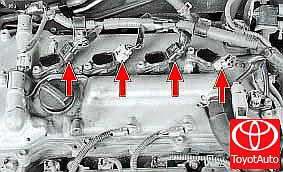
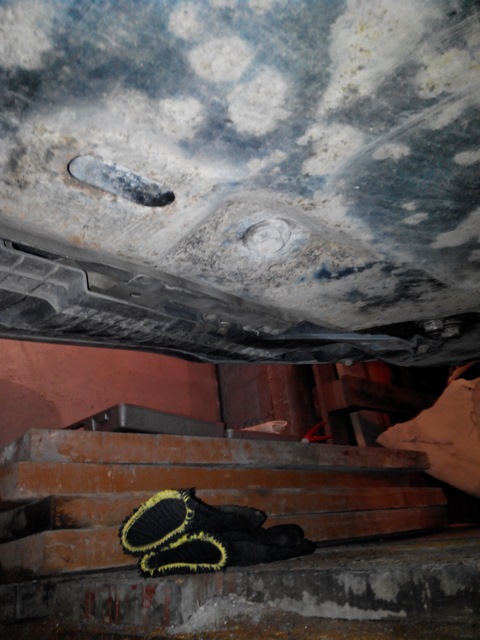

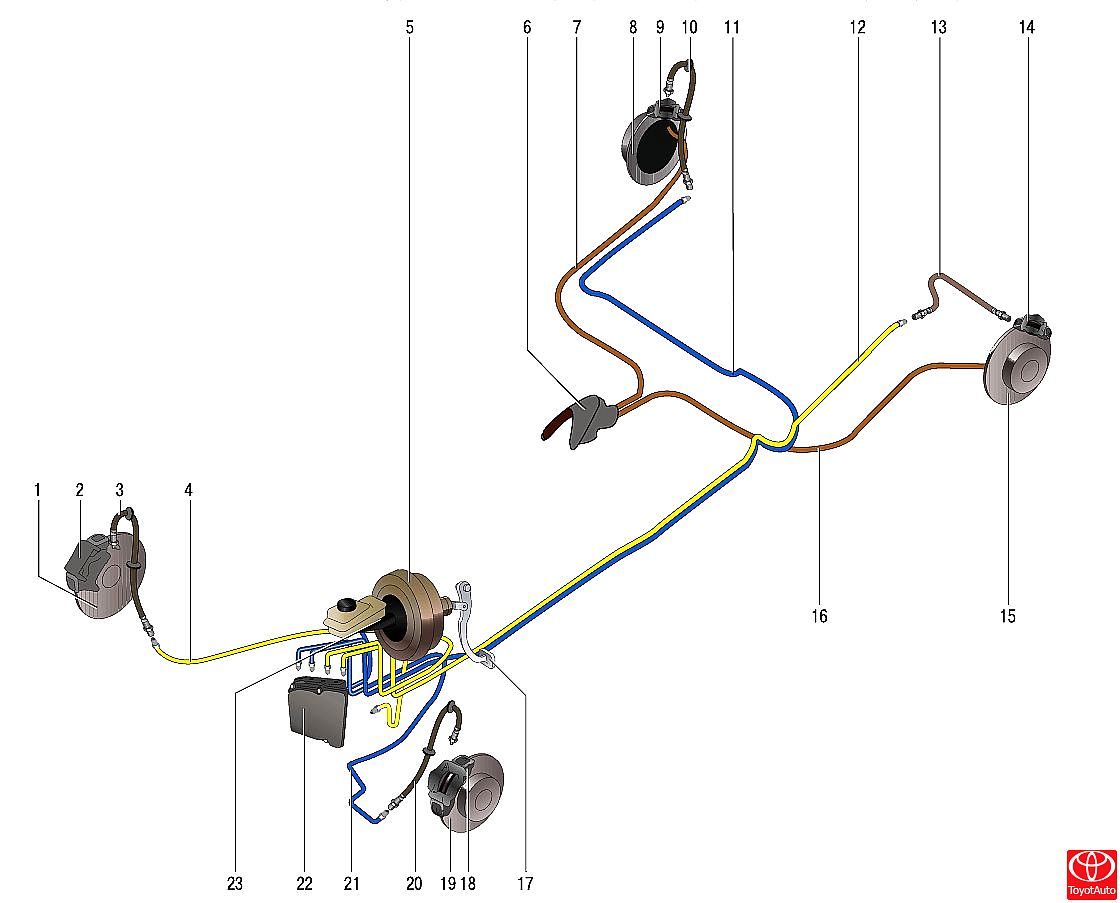

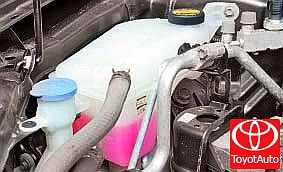


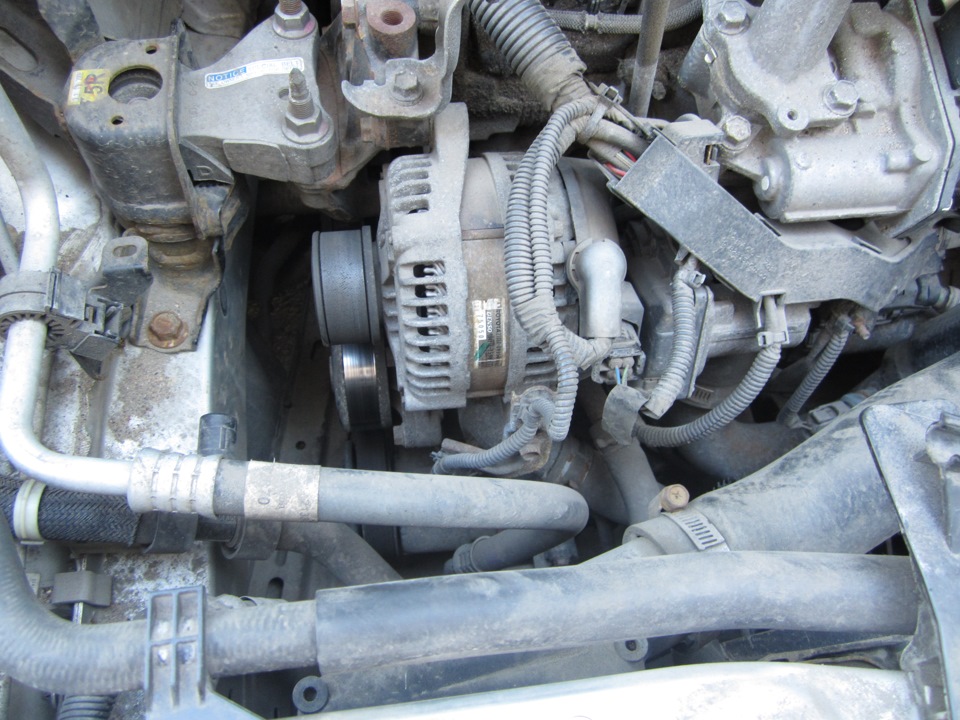
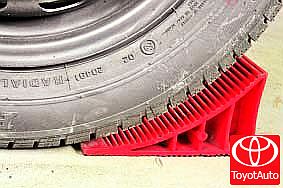
![E140/E150 [2006 - 2010]](/uploads/Toyota_Corolla_E140_2006_-_2010_.jpg)
